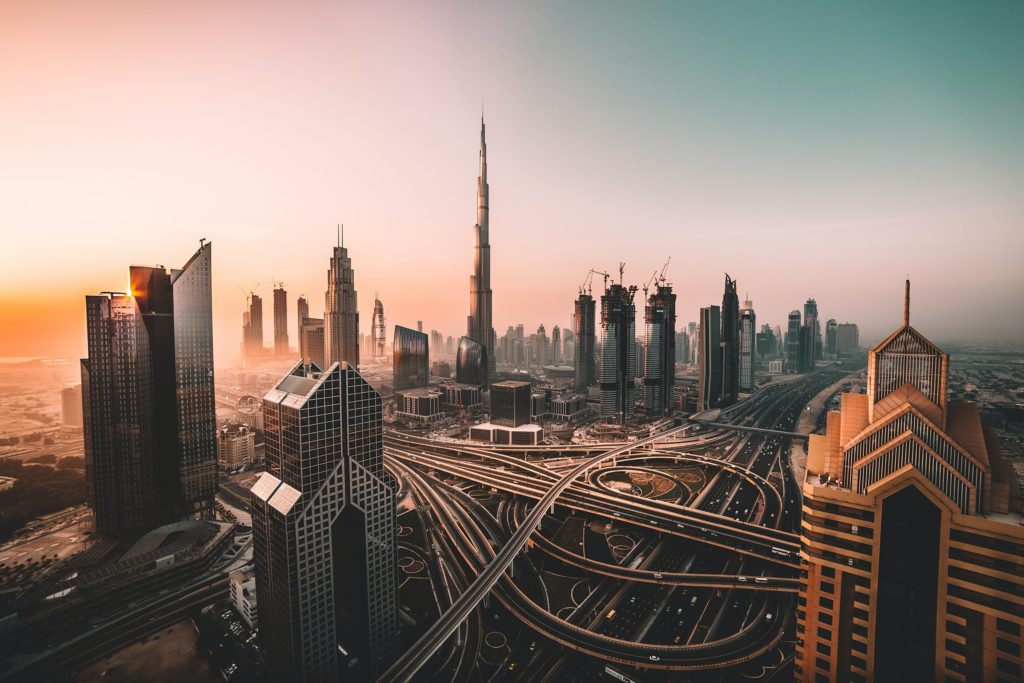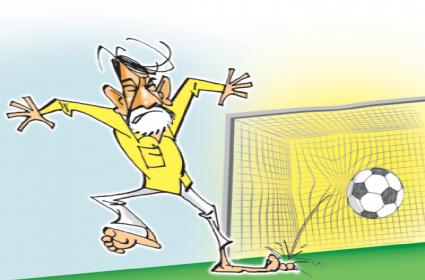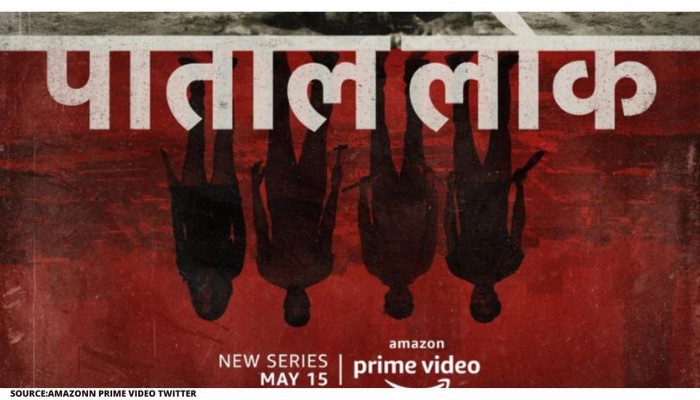
This post is result of some comments in the Open thread in response to Razib’s piece in Unherd. While i agree with core of Razib’s argument & and some comments, i feel there isnt enough nuance about Brahmin privilege that comes out in discussion these days. Some assertions of comparing Brahmins to White slave-owners are too simplistic and even terribly wrong. (I dont imply Razib or others on BP made those)
The problem with simplistic narrative of Brahmin “privilege” is that it focuses on caste as a privilege while not focusing on concrete privileges which are often correlated with Varna in India. Following are the salient privileges of Indian public life
- WEALTH including Lands – Moderately correlated with caste but with some mismatch. Most Brahmins who had lands, lost them in the Land reforms of 20th century though. (even though one supports the land reforms in principle the confiscation of land cannot be brushed aside)
- EDUCATION – highly correlated with caste ; Brahmins score considerably higher on educational parameters for centuries. This post focuses on Education as a historic and inherited privilege.
- CONNECTIONS – related to politics – here ordinary Brahmins aren’t necessary up in the top percentile.
- URBAN BACKGROUND – (more Brahmins/UC are urban dweller though some continue living in rural backgrounds).
- GENDER.
This post focuses on Educational attainments of Brahmins (particularly Chitpavans) in Pune region. The quotes and tables are from a booklet A survey of the Chitpavan Community in the pre colonial state
For the British, Education was an instrument of efficient colonization as seen from the words of Sir Erskine Perry, the Governor of Bombay Province subsequent to Lord Elphinstone. He maintained
“Only the higher castes should be educated because of the limited facilities, therefore only limited members could be educated. These higher castes through their natural influence would affect an elevation of mental and moral condition of the masses. Four groups were identified under this category of high castes the military and administrative class of Landowners, Jagirdars, Chieftains, petty nobility and feudatories, wealthy traders and other commercial men; government employees; and Brahmins and other
higher writer castes”.’
The Maratha empire employed a number of upper castes (Brahmins, Kayasthas and some Marathas) in positions of administration and accounting. On arrival, the Brits picked these up as administrators, teachers, clerks etc. The literacy of the males of these subcastes in Bombay presidency was extremely high. Chitapavan males in a Pune Taluka are reported to have 90% literacy in late 19th century as compared to 11.9% in average males. This extreme bias cannot be explained without the Peshwai & the privileges the Chitpavans enjoyed because of it.
A variety of education institutes like Maharashtra education society, Deccan Education society started in Pune in the 19th century. Brahmins were the prime movers as well as the overwhelming beneficiaries of these institutions. Lets see a few examples:
Reports of the Poona Native Institution published from 1881 to 1933.

The data from Deccan Education society started by Tilak and Agarkar isnt much different. The report quotes
The annual report published in 1883 acknowledges the preponderence of brahmins amongst the students as well. “The characteristic feature of the school is that the largest number of boys belong to the higher and intelligent classes of the community.’When deposing before the Hunter Commission Annual Report of 1883,Deccan Education Society,Poona,1884 on Education, the representative of the society acknowledged that only 17 out of 582
students were nonbrahmin.

Lokmanya Tilak, the freedom fighter and founder of DES had this to say
Englishmen are and were averse to imparting any knowledge of a practical nature to subject races, they found that philosophy and theoretical science were the safest subjects. It is hopeless to expect the artisan or the agriculturist to evince an interest in a form of education so far removed from his way of life, i.e is profession decided on the basis of caste for thousands of years. It is we think beyond the power of a dozen Educational Directors of the type of Mr. Lee Warner with all the encouragement by way of free studentships and scholarships which they can command, to infuse a love of western learning into the hearts of men who find themselves better off without knowing anything that our schools and colleges teach, than with it. If the brahmin under all kinds of difficulties strives to surpass his brethren of lower castes in intellectual attainments and tries to take up all the advantages and honours and emoluments to which these attainments qualify him, it is owing to the fact that the very traditions and obligations of his caste and the predispositions and capacities of his mind lead him in that direction. The very spirit of the caste system, the precarious conditions of life under a foreign rule, the indolent characteristic of the tropical world and the spirit of contentment infused into the heart of the Hindu by his religious faith all contribute towards the position of the Brahmin
My Two Cents:
Its fair to say that being born a Brahmin in India distinguishes you as a recipient of certain privileges. However we cant firmly gauge today how much those privileges
- are the indirect result of ChaturVarna
- are the result of amplification by the British (for their own colonial ends)
- are direct result of active oppression of the subalterns
- or something else entirely
While granting that these privileges exist and shape Indian life considerably, one mustn’t fall into the trap of seeing Brahmin privilege as the overwhelming or even the most consequential privilege of Indian society. Instances like the 1948 Anti Brahmin riots – typically underplayed in the Brahmin privilege narratives are still fresh in mind of thousands. Anti Brahmin rhetoric by political parties like NCP, DMK though not as viscous as rhetoric against some other communities is nonetheless non trivial.
There are and have been many other forces of nature and economy at work for centuries though it is fair to assume that these forces interacted with caste & varna.





